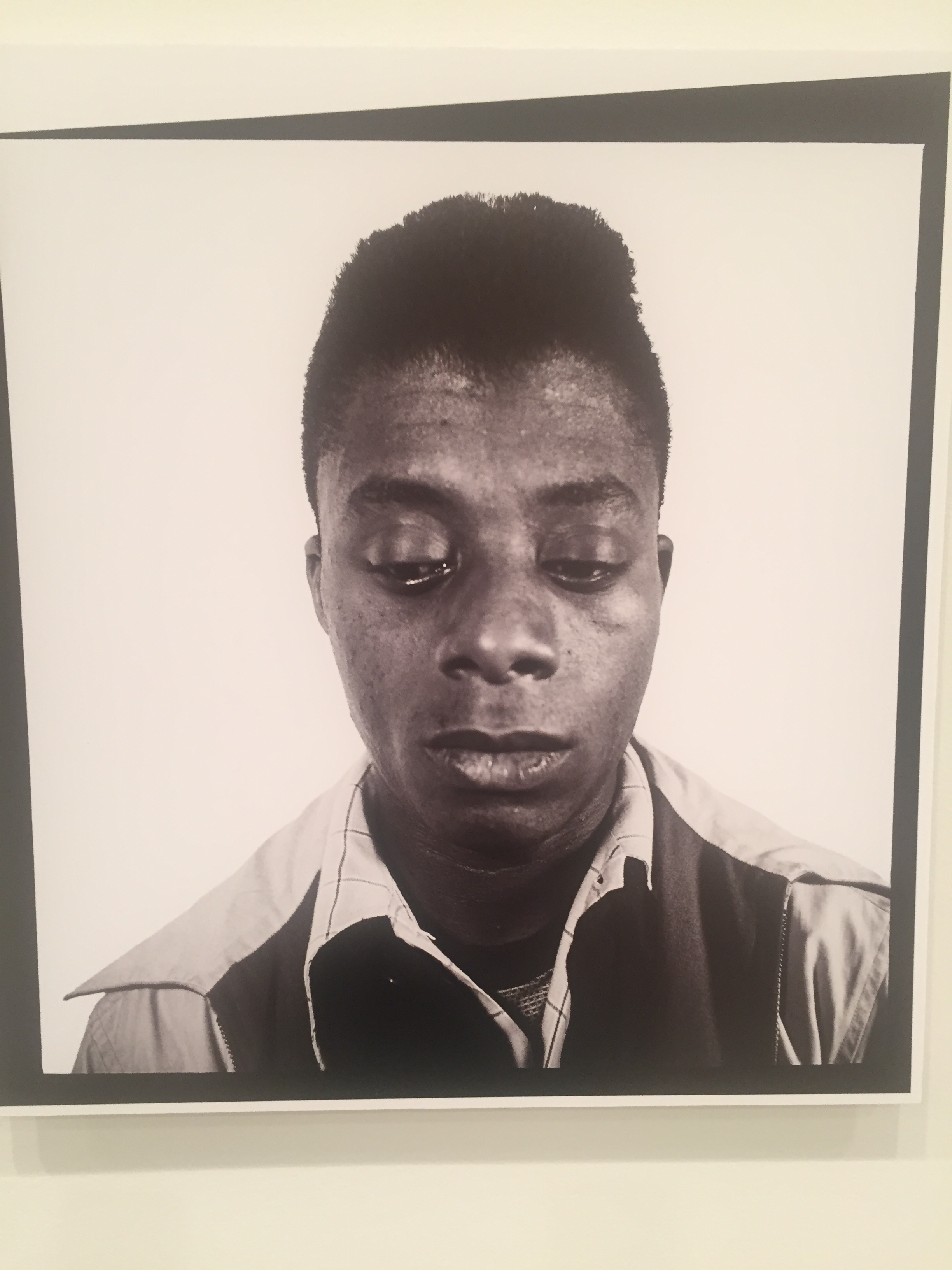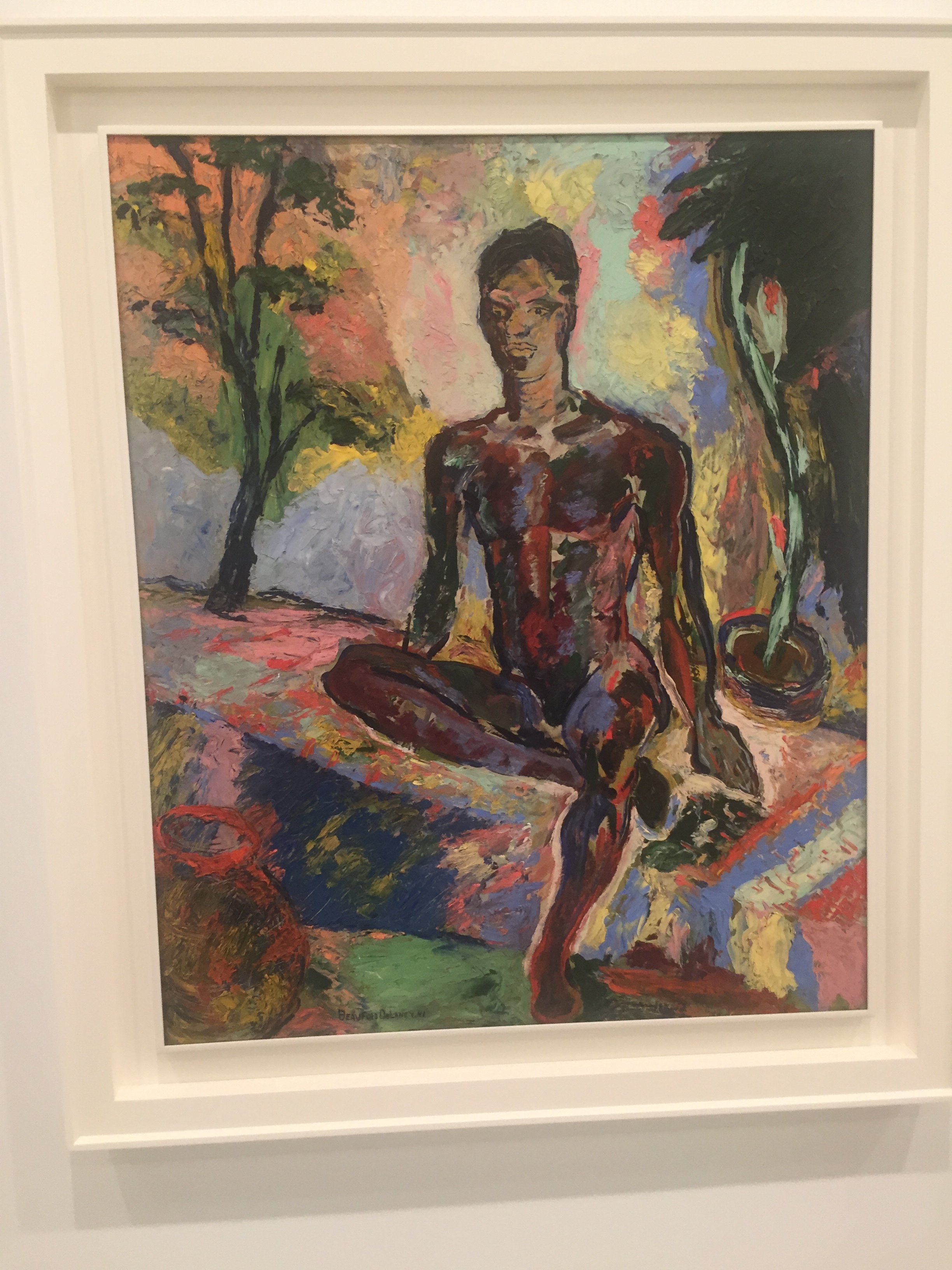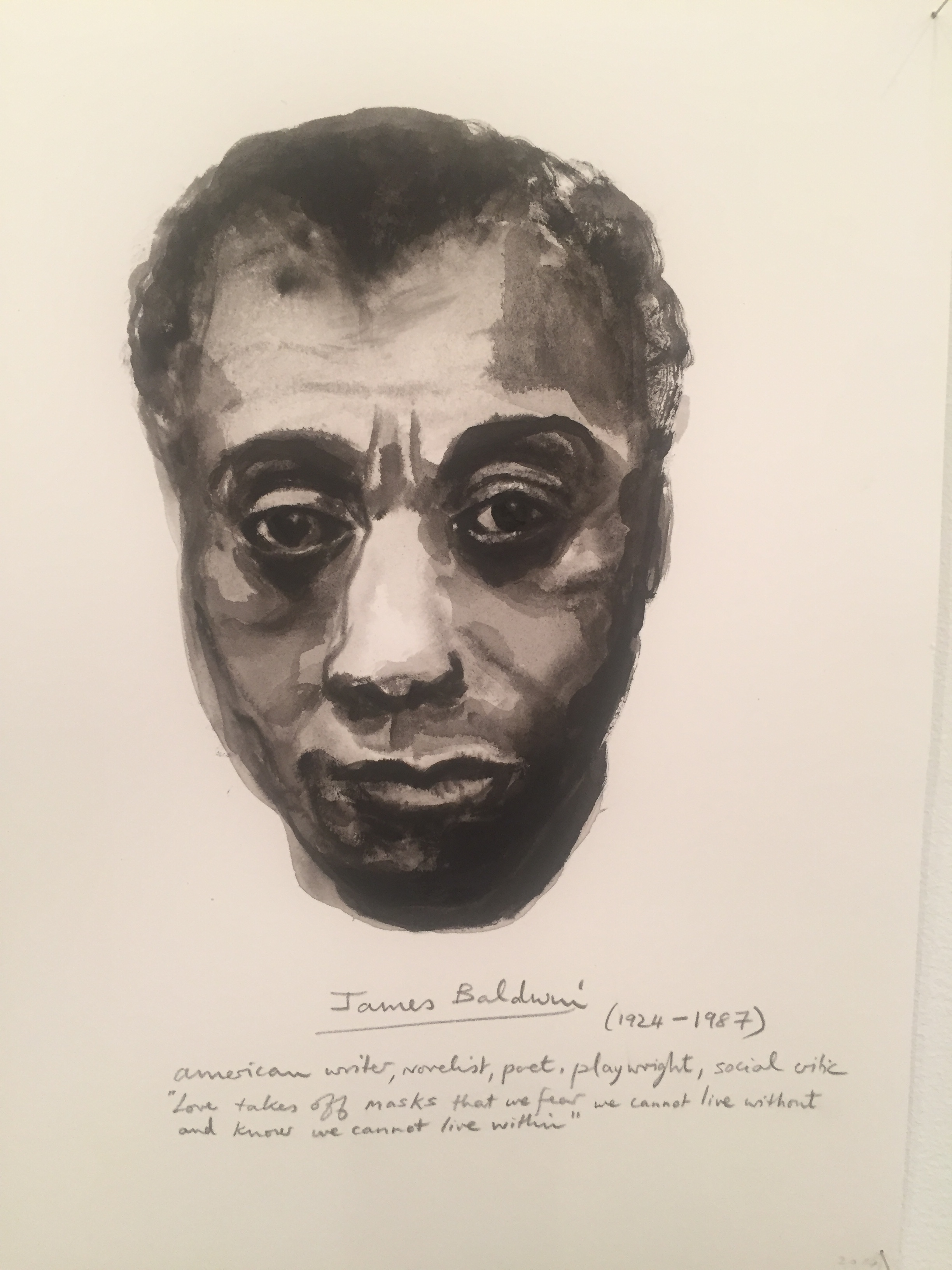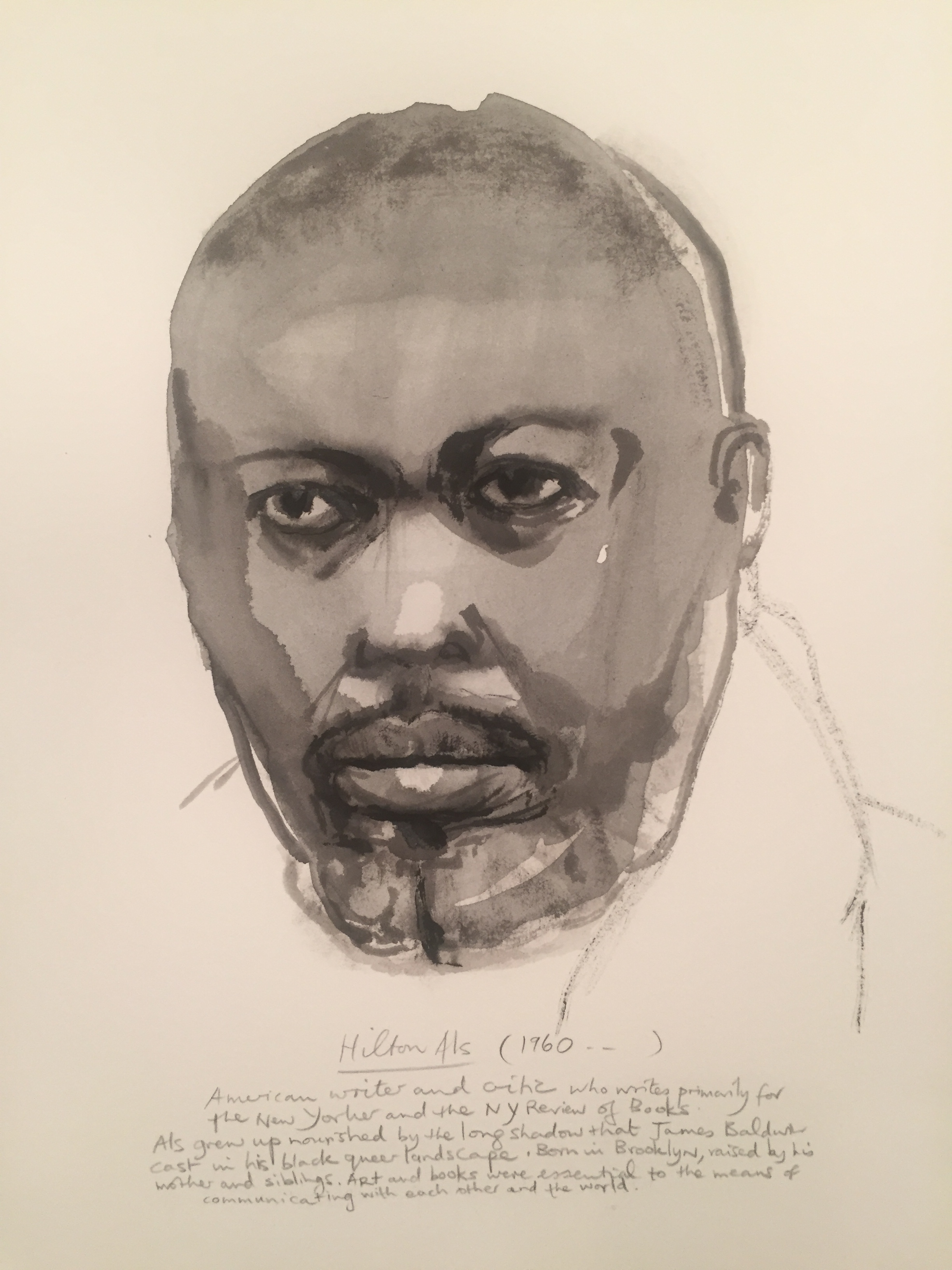When I saw this 1954 image in the Hilton Als curated show of Alice Neel's work at David Zwirner in 2017 I could not get it out of my mind. Everything about my childhood in the first northern city to have court ordered integration, New Rochelle, came rushing back to me, though truth be told it has never been far away. The indelible images I have of my friend Eddie--still my friend--the lone black boy who was deposited by a big yellow school bus in our class along with just five other students into different classrooms cannot ever be erased. We all were the experiment--and the suit brought by the brave black parents who merely wanted the same things my parents could access went all the way to the Supreme Court via Thurgood Marshall and a lesser known, but heroic attorney, Paul Zuber.
Alice Neel was a pioneer. She lived among black residents in East Harlem. Als says in the catalog, "Neel was a painter of modern life and part of her genius was based on her knowledge and embrace of the fact that New York was not a homogenous place; she knew there were many different kinds of stories to tell...".
As we navigate these perilous times, both in terms of Black Lives Matter and the disparity in wealth and circumstance affecting us all, we would do well to remember that this is not the first time this battle has been fought and redouble our efforts to understand how we could be living so near to each other and yet so far in circumstance. . Neel's art--and other excellent art being produced now--and indeed her entire approach to life is a way to see ourselves as kindred instead of separate. It's not the answer but a path.
Alice Neel, Two Girls, 1954
Private collection, courtesy Robert Miller Gallery, New York
© The Estate of Alice Neel
Courtesy The Estate of Alice Neel and David Zwirner





